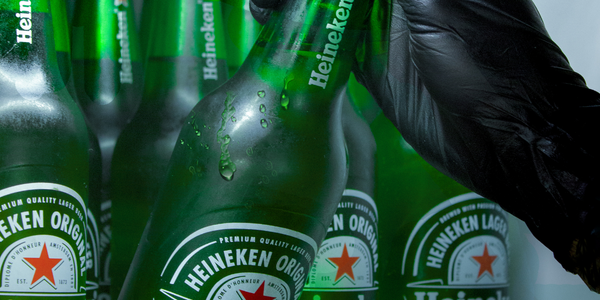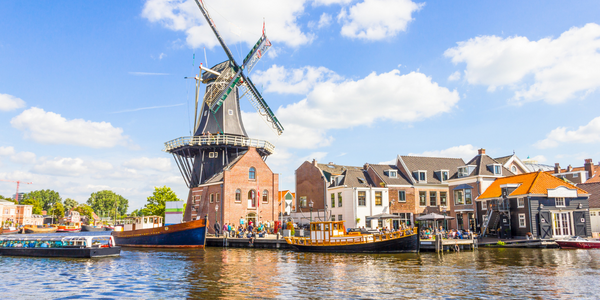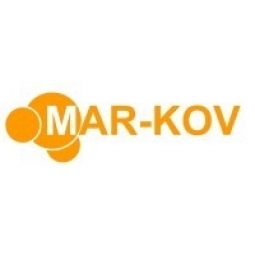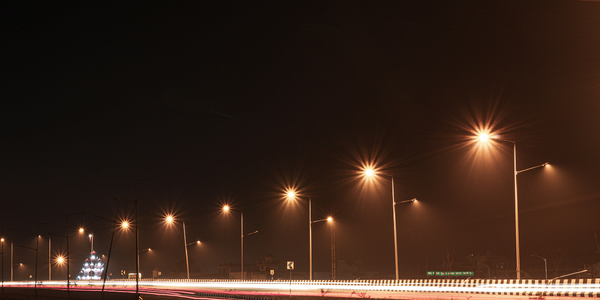技术
- 应用基础设施与中间件 - 事件驱动型应用
- 功能应用 - 制造执行系统 (MES)
适用行业
- 城市与自治市
- 食品与饮料
适用功能
- 质量保证
用例
- 添加剂制造
- 智慧城市运营
服务
- 测试与认证
关于客户
City View Green是一家专门生产食品的公司。该公司所处行业受到严格监管,必须遵守联邦受控物质法规。 City View Green 需要一个软件解决方案来帮助他们满足这些严格的法规、加快上市时间并确保产品的一致性。该公司还需要获得大麻许可证才能开始生产,这一过程可能会因代价高昂的申请错误而被推迟。 City View Green 还面临着控制成本的压力,特别是与定制软件解决方案相关的成本,以及需要全职、长期的 IT 团队进行维护和更新的成本。
挑战
City View Green 是一家专门生产食品的公司,在遵守联邦管制物质法规和支持其食品生产方面面临着重大挑战。该公司需要一种软件解决方案,不仅可以帮助他们满足这些严格的法规,还可以加快产品上市时间。该公司还面临着获得大麻许可证以开始生产的压力,这一过程可能会因代价高昂的申请错误而被推迟。此外,公司需要确保产品的一致性,这对于客户和消费者要求产品效果一致性的行业来说是一个关键因素。与定制软件解决方案相关的高成本进一步加剧了这一挑战,这还需要全职、长期的 IT 团队进行维护和更新。
解决方案
City View Green 采用 Mar-Kov 的现成批量控制软件来解决他们的挑战。该软件提供了 City View Green 所需的核心功能和受控物质专业知识,显着降低了代价高昂的许可申请错误和相关延误的可能性。该软件还确保所有生产的完全可追溯性和电子批次记录,使其完全符合大麻和食品制造的要求。 Mar-Kov 的软件根据 City View Green 的特定流程和要求进行配置,确保整个公司运营的功能。该软件还提供了许可证申请所需的详细文档,释放了 City View Green 的资源并节省了宝贵的时间。 Mar-Kov 的软件还确保了可追溯性和透明度,制定并跟踪良好的操作实践和标准操作程序,旨在确保食品安全并保护其免受污染。
运营影响
数量效益

Case Study missing?
Start adding your own!
Register with your work email and create a new case study profile for your business.
相关案例.

Case Study
Turning A Stadium Into A Smart Building
Honeywell created what it called the “intelligent system” for the National Stadium in Beijing, China, turning the venue for the opening and closing events at the 2008 Summer Olympics into a “smart building.” Designed by highly controversial artist Ai Weiwei, the “Bird’s Nest” remains one of the most impressive feats of stadium architecture in the world. The 250,000 square meter structure housed more than 100,000 athletes and spectators at a time. To accommodate such capacity, China turned to Honeywell’s EBI Integrated Building Management System to create an integrated “intelligent system” for improved building security, safety and energy efficiency.

Case Study
The Kellogg Company
Kellogg keeps a close eye on its trade spend, analyzing large volumes of data and running complex simulations to predict which promotional activities will be the most effective. Kellogg needed to decrease the trade spend but its traditional relational database on premises could not keep up with the pace of demand.
.png)
Case Study
Smart Street Light Network (Copenhagen)
Key stakeholders are taking a comprehensive approach to rethinking smart city innovation. City leaders have collaborated through partnerships involving government, research institutions and solution providers. The Copenhagen Solutions Lab is one of the leading organizations at the forefront of this movement. By bringing together manufacturers with municipal buyers, the Copenhagen Solutions Lab has catalyzed the development and deployment of next-generation smart city innovations. Copenhagen is leveraging this unique approach to accelerate the implementation of smart city solutions. One of the primary focus areas is LED street lighting.

Case Study
HEINEKEN Uses the Cloud to Reach 10.5 Million Consumers
For 2012 campaign, the Bond promotion, it planned to launch the campaign at the same time everywhere on the planet. That created unprecedented challenges for HEINEKEN—nowhere more so than in its technology operation. The primary digital content for the campaign was a 100-megabyte movie that had to play flawlessly for millions of viewers worldwide. After all, Bond never fails. No one was going to tolerate a technology failure that might bruise his brand.Previously, HEINEKEN had supported digital media at its outsourced datacenter. But that datacenter lacked the computing resources HEINEKEN needed, and building them—especially to support peak traffic that would total millions of simultaneous hits—would have been both time-consuming and expensive. Nor would it have provided the geographic reach that HEINEKEN needed to minimize latency worldwide.

Case Study
Buoy Status Monitoring with LoRa
The Netherlands are well-known for their inland waterways, canals, sluices and of course port activities. The Dutch Ministry of Infrastructure indicates that there are thousands of buoys and fixed items in and near water environments that would profit from IoT monitoring. One of the problems with buoys for example, is that they get hit by ships and the anchor cable breaks. Without connectivity, it takes quite some time to find out that something has happened with that buoy. Not to mention the costs of renting a boat to go to the buoy to fix it. Another important issue, is that there is no real-time monitoring of the buoys at this moment. Only by physically visiting the object on the water, one gains insight in its status.








